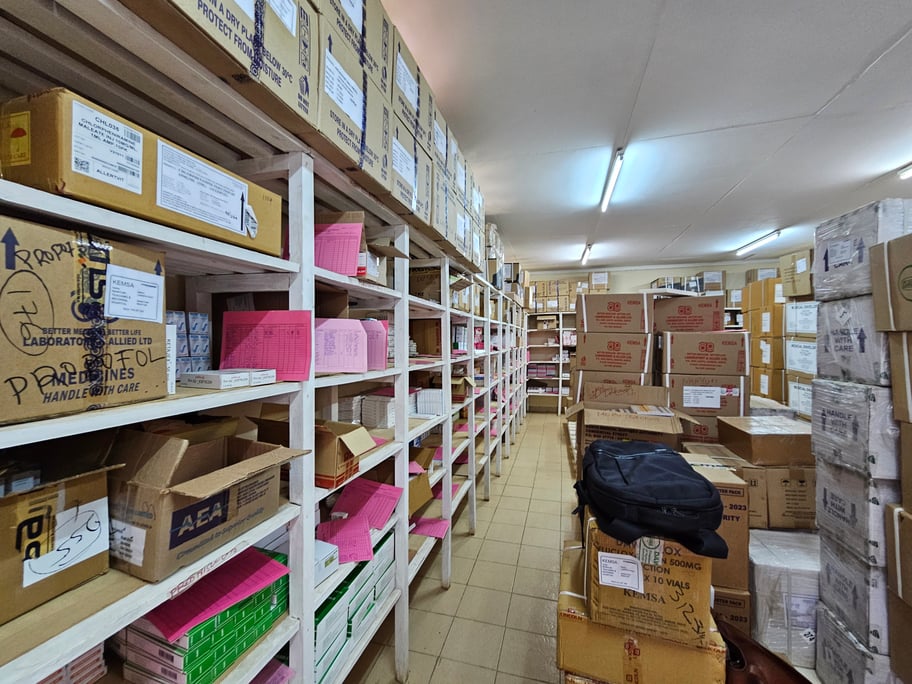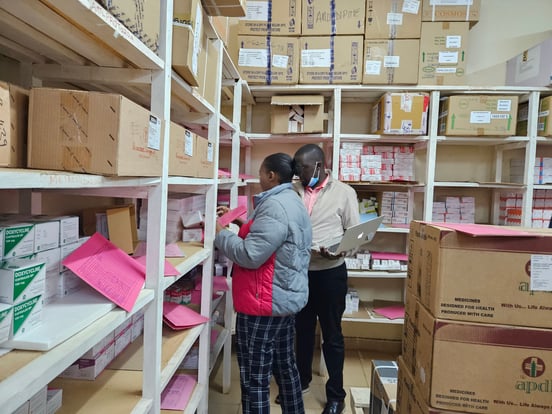Driving Value in Supply Chain: Beyond Price in Medical Supplies Procurement

In the complex and critical field of medical health supplies procurement, driving value within the supply chain extends far beyond the pursuit of the best price. While cost efficiency is undoubtedly an important consideration, the healthcare industry requires a comprehensive approach that prioritizes quality, reliability, and long-term sustainability. This article delves into the significance of looking beyond the price tag when procuring medical health supplies, emphasizing the importance of value-driven decision-making and its impact on patient care and outcomes.
When it comes to medical health supplies, quality is of paramount importance. Substandard or compromised products can jeopardize patient safety, lead to treatment complications, and even result in life-threatening situations. To ensure the highest standards of quality, healthcare organizations must prioritize working with reputable suppliers that adhere to rigorous manufacturing processes, regulatory compliance, and stringent quality control measures. By choosing quality over solely focusing on price, healthcare providers can safeguard patient well-being and avoid costly repercussions in the long run.

In the context of medical health supplies, reliability is another key aspect of driving value within the supply chain. A reliable supply chain guarantees the availability of essential medical products when and where they are needed. This entails establishing strong relationships with suppliers who have a proven track record of consistent delivery, effective inventory management, and robust contingency plans. In the event of unforeseen circumstances such as natural disasters or pandemics, a reliable supply chain ensures the uninterrupted flow of critical medical supplies, safeguarding the healthcare system's ability to provide essential care.
Building sustainable relationships with suppliers is a strategic move that mitigates risks associated with procurement in the medical health sector. A purely transactional approach, centered solely on the lowest price, may overlook factors such as long-term viability, supplier responsiveness, and collaboration potential. By cultivating partnerships based on trust and shared objectives, healthcare organizations can gain access to expertise, innovation, and value-added services. Such partnerships create an environment of mutual understanding and facilitate effective problem-solving during times of crisis, minimizing disruptions and optimizing patient care.
.png?width=483&height=483&name=Untitled%20design%20(9).png)
The concept of total cost of ownership (TCO) goes beyond the initial purchase price and encompasses all costs associated with a product throughout its lifecycle. In the context of medical health supplies, this includes factors such as maintenance, storage, transportation, and disposal. While a product with a lower price tag may appear more attractive at first, considering the TCO allows healthcare organizations to assess the true value proposition. Investments in durable, efficient, and environmentally friendly supplies can result in cost savings, reduced waste, and improved overall operational efficiency.
Ultimately, the value of procurement decisions within the medical health supplies domain must be evaluated in terms of patient outcomes. By prioritizing quality, reliability, risk mitigation, and the total cost of ownership, healthcare organizations can enhance the quality of care provided to patients. When medical professionals have access to safe, reliable, and high-quality supplies, they can deliver better treatment, reduce the risk of complications, and improve patient outcomes. This holistic approach not only benefits patients but also contributes to the overall reputation and success of healthcare providers.
In the realm of medical health supplies procurement, driving value within the supply chain extends far beyond the pursuit of the best price. Prioritizing quality, reliability, risk mitigation, and the total cost of ownership creates a robust foundation for value-driven decision-making. By understanding the link between value and patient outcomes, healthcare organizations can ensure the provision of optimal care while safeguarding the long-term sustainability of the supply chain. Balancing cost efficiency with quality and reliability is essential for driving value and delivering the highest standard of care in the healthcare sector.
What do you think?